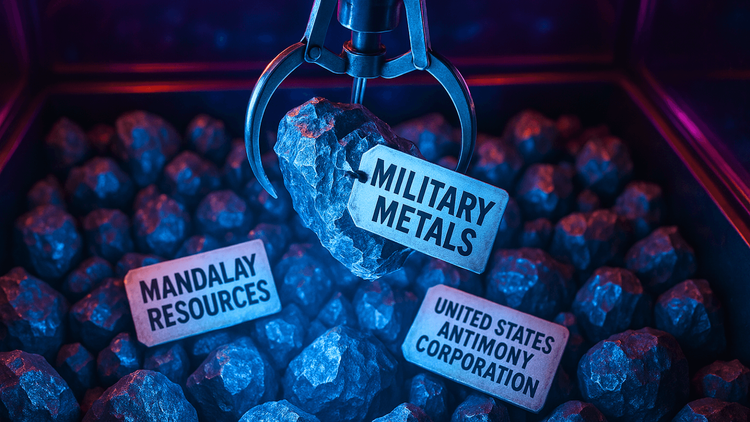Greenland Greenlights EU-Backed Molybdenum Mine
Greenland hands a 30-year mining permit to Greenland Resources, opening the gates for Europe’s critical mineral independence as China tightens its export grip.

In a bold move that reshapes the geopolitical map of mineral supply chains, Greenland has issued a 30-year permit to Greenland Resources Inc., a Toronto-listed firm, to develop the Malmbjerg molybdenum project in the country’s east. The announcement, made on June 19, 2025, signals a significant win for the European Union and its raw material strategy at a time when global supply chains are under pressure and critical minerals are taking center stage in geopolitical maneuvering.
The Malmbjerg project, which is backed by the European Raw Materials Alliance, could become a linchpin in the EU’s efforts to reduce dependence on Chinese-controlled supply lines. At full production, the mine is expected to churn out an average of 32.8 million pounds of concentrated molybdenum annually. That’s enough to cover roughly a quarter of Europe’s molybdenum needs, making it one of the most strategically important mining ventures on the continent’s radar.
Molybdenum may not be a household name, but it’s absolutely essential in ours and everyone else's daily lives. It strengthens steel, makes it more heat-resistant and corrosion-proof, and plays an irreplaceable role in industries like defense, energy infrastructure, and aerospace manufacturing. In the push toward clean energy, molybdenum quietly does the heavy lifting in everything from wind turbines to advanced electronics.
The timing of the Greenland permit couldn’t be more critical. Earlier this year, China flexed its economic muscles by imposing export controls on five key metals, including molybdenum-related products. This move came in response to renewed U.S. tariffs under the Trump administration and has sent a shockwave through Western supply chains. With China accounting for around 40 percent of global molybdenum production in 2024, the risk of overdependence is no longer a theoretical problem but a pressing economic and strategic vulnerability.






